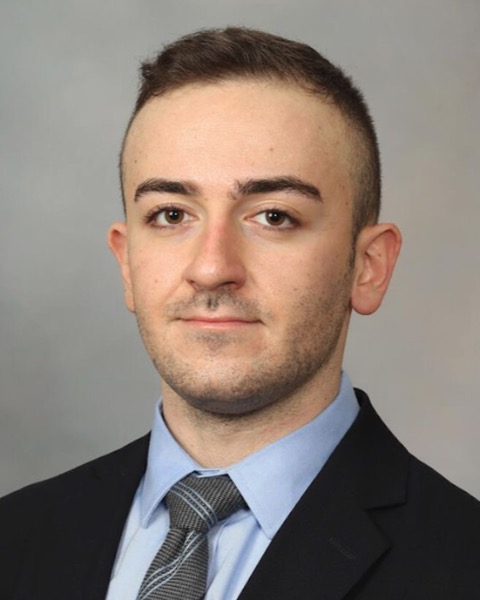Tumor
A Multimodal Deep Learning Model for Predicting Survival Outcomes in Diffuse Glioma Patients Using Demographic, Clinical, Radiomic, Histopathological, and Genomic Features

Mert Karabacak, MD
Pre-Residency Fellow
Mount Sinai Health System
New York, New York, United States
Presenting Author(s)
Introduction: Accurate survival prediction is crucial for patient management and treatment planning in diffuse gliomas. Integrating multiple data modalities has the potential to improve the accuracy of survival prediction models. This study aims to develop and evaluate a multimodal deep-learning (DL) model for predicting survival outcomes in glioma patients using demographic, clinical, radiomic, histopathological, and genomic features.
Methods: This study utilized data from 174 glioma patients in TCGA-LGG and TCGA-GBM datasets, with a median overall survival of 771 days. Radiomic features were extracted from MRI scans and underwent dimensionality reduction using principal component analysis. Additional data modalities were incorporated, including clinical-demographic variables (age, sex, race, ethnicity, and Karnofsky Performance Status), histopathological features (grade, histology, and MGMT methylation status), and the 20 most frequently mutated genes in diffuse gliomas according to TCGA dataset. The data was preprocessed by label encoding categorical variables, imputing missing values using KNN imputer, and scaling numerical features. The dataset was split into training (2/3) and validation (1/3) sets. A DL survival model, DeepSurv, consisting of a multilayer perceptron with 5 hidden layers, was trained using the training set. The model's performance was evaluated on the validation set using primarily concordance-index and time-dependent area under the receiver operating characteristic curve (AUROC) for 6-month, 12-month, 18-month, and 24-month survival predictions, along with other metrics.
Results: The multimodal DL model demonstrated strong predictive performance on the validation set, with a concordance index of 0.838. Time-dependent AUROC values ranged from 0.848 to 0.928, with the lowest performance observed for the 24-month survival prediction.
Conclusion : This study presents a multimodal DL model for predicting survival outcomes in glioma patients, integrating radiomic features, clinical-demographic variables, histopathological features, and frequently mutated genes. The promising results highlight the potential of this approach for personalized survival predictions in diffuse glioma patients.
Methods: This study utilized data from 174 glioma patients in TCGA-LGG and TCGA-GBM datasets, with a median overall survival of 771 days. Radiomic features were extracted from MRI scans and underwent dimensionality reduction using principal component analysis. Additional data modalities were incorporated, including clinical-demographic variables (age, sex, race, ethnicity, and Karnofsky Performance Status), histopathological features (grade, histology, and MGMT methylation status), and the 20 most frequently mutated genes in diffuse gliomas according to TCGA dataset. The data was preprocessed by label encoding categorical variables, imputing missing values using KNN imputer, and scaling numerical features. The dataset was split into training (2/3) and validation (1/3) sets. A DL survival model, DeepSurv, consisting of a multilayer perceptron with 5 hidden layers, was trained using the training set. The model's performance was evaluated on the validation set using primarily concordance-index and time-dependent area under the receiver operating characteristic curve (AUROC) for 6-month, 12-month, 18-month, and 24-month survival predictions, along with other metrics.
Results: The multimodal DL model demonstrated strong predictive performance on the validation set, with a concordance index of 0.838. Time-dependent AUROC values ranged from 0.848 to 0.928, with the lowest performance observed for the 24-month survival prediction.
Conclusion : This study presents a multimodal DL model for predicting survival outcomes in glioma patients, integrating radiomic features, clinical-demographic variables, histopathological features, and frequently mutated genes. The promising results highlight the potential of this approach for personalized survival predictions in diffuse glioma patients.

.jpg)